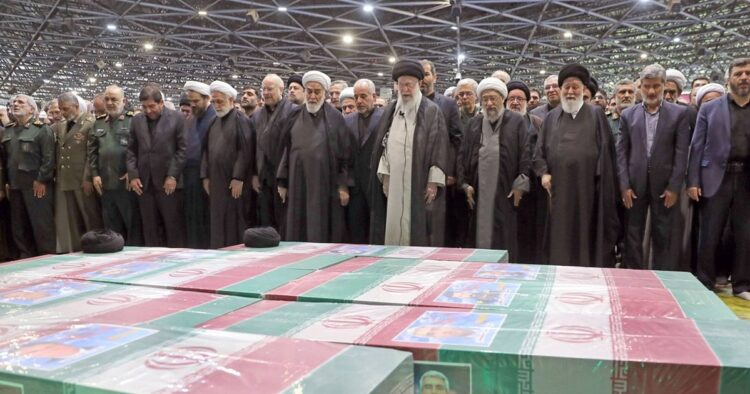British police reported that four people were injured and one person was arrested during a clash between supporters of Iran’s government and anti-government protesters in London. The incident happened on Friday evening at an event in Wembley, west London, which was held to mark the death of Iran’s President Ebrahim Raisi.
The Metropolitan Police were called to the scene after receiving reports of disorder. Protesters had gathered outside the venue, leading to violent clashes.
One person was arrested on suspicion of violent disorder. Paramedics treated four people for injuries, but fortunately, these injuries are not considered life-threatening or life-changing.
Police ordered the crowds to disperse and are now reviewing social media footage and other evidence to determine if further offenses were committed. They are working to understand the full extent of the incident and hold those responsible accountable.
Ebrahim Raisi, a key figure in Iran’s hard-line Islamic regime, died in a helicopter crash along with the country’s foreign minister and six others. The crash occurred in Iran’s mountainous northwest on Sunday, and Raisi was buried on Thursday at Iran’s most sacred Shiite shrine.
The news of Raisi’s death has been met with mixed reactions. Some Iranian expatriates, particularly those who oppose the current regime, have welcomed his death. London has a large Iranian community, many of whom left Iran after the Islamic revolution in 1979.
The police are continuing their investigation into the Wembley clash. They are determined to ensure public safety and prevent similar incidents in the future. Detectives are meticulously examining all available evidence to bring any additional perpetrators to justice.
This incident highlights the deep divisions within the Iranian community in London. The clash in Wembley is a reflection of the ongoing political tensions and the strong emotions surrounding the leadership and policies of Iran. The police and community leaders are likely to continue their efforts to manage these tensions and promote peaceful expressions of dissent.
This detailed account underscores the complexity of the situation and the challenges faced by law enforcement in maintaining order during such politically charged events.

















Comments